(ThySistas.com) I loved her the moment I laid eyes on her.
She was all the way brown, loud and messy. She was honest with herself. She had jokes. Her name was Shalika — and she had braids. Shalika was the role Regina King played in 1991’s Boyz in the Hood. I could see her scalp fully, through the large sectioned box braids. That was rare, seeing that much black girl scalp and that much black girl heart shining on the big silver screen. As if her name wasn’t enough, Shalika’s braids signified that black girls indeed had been seen and that they had to be seen.
Whether there are 8 or 800 — with bright double-ball elastic holders tight at the top and butterfly barrettes bouncing at the bottom or with cobalt blue yarn woven throughout — braids are, and always will be, a definitive symbol of black girl culture. They honor an African tradition and they connect us to our history, our childhood and to the future. They represent the weaving together of the holy trifecta: the Mother, daughter and black girl magic.
“Whether there are 8 or 800 … braids are, and always will be, a definitive symbol of black girl culture.”
Braids are the symbolic ropes that hold us together throu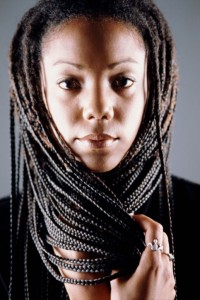 gh horror and play, alike. They mirror what we whip around and jump through in syncopation during double-dutch as well as the bloody twine from which we cut our murdered brothers down from southern trees. Black girl braids are strong, resourceful and fly. Black girl braids swing, honey.
gh horror and play, alike. They mirror what we whip around and jump through in syncopation during double-dutch as well as the bloody twine from which we cut our murdered brothers down from southern trees. Black girl braids are strong, resourceful and fly. Black girl braids swing, honey.
Braids are the evidence of blackness and girlhood, a combination often avoided in places of glamour or import. The presence of braids become cultural markers. When Regina King in Boyz in the Hood, followed by she and Janet Jackson in Poetic Justice, rocked braids and coined the term “justice braids,” it mattered (thanks again Mr. Singelton).
It was probably Stacey Dash’s fabulous preppy-trendy micro-braids in Clueless that gave her a black girl pass for so long (totally expired now though, girl). And when Lisa Bonet in The Cosby Show donned a lock-braid bohemian hybrid, the cool kids rejoiced. However, when we witnessed a Texas teen in a bikini and box braids being thrown to the ground by a coward with a badge and a gun, we were all aghast and ready to kick some ass. That little girl represented our daughters, nieces and every black girl we’ve ever known.
Now, I lament that we can no longer see a sister in braids leading the conversation on cable news again. Braids are unequivocally black and woman, therefore they can be considered radical and threatening to institutions with no design for either of those realities.
“Braids not only give our often over-taxed afro-textured hair a rest, they can also symbolize resistance.”
Known as a “protective style,” braids not only give our often over-taxed afro-textured hair a rest, they can also symbolize resistance. Little Willow Smith whipped her hair back and forth, flinging out from her braids while electrifying a dull classroom. And I expect it is completely intentional Beyonce chose to wear braids among a squad of sexy sister soldiers in afros in her “Formation” video. Often critiqued for her Euro-centric tendencies, Bey’s long blonde flowing braids were, in that politically intertwined state, very black.
American patriot Bree Newsome, armed with box braids and a bible, slayed the South Carolina Confederacy for the 21st century. It is the resilience in the very constitution of our hair which allows it to be in separated but harmonious parts while simultaneously weaving in extensions of itself. Plainly put, only black girls can authentically rock these braids.
From a little girl skipping to Sunday school to Oprah Winfrey road tripping with her bestie, something familiar, ancient and deeply loving happens when we see each other in braids. We are connected, sisters, braided up and beautiful, ready for a revolution.
Written by Michaela Angela Davis
Official website; http://www.twitter.com/MichaelaAngelaD
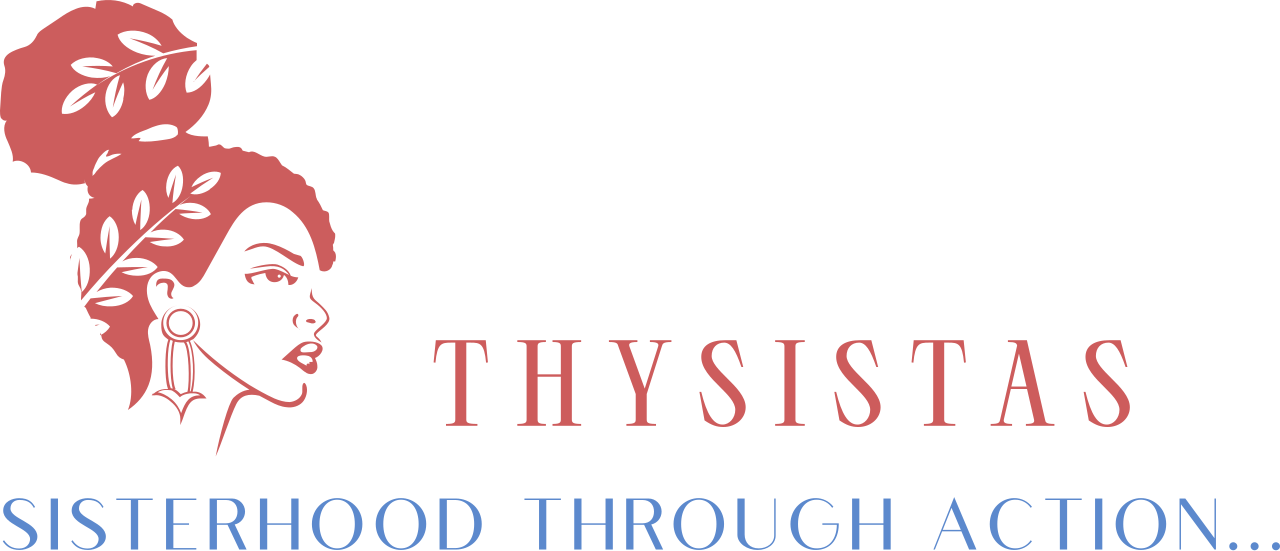




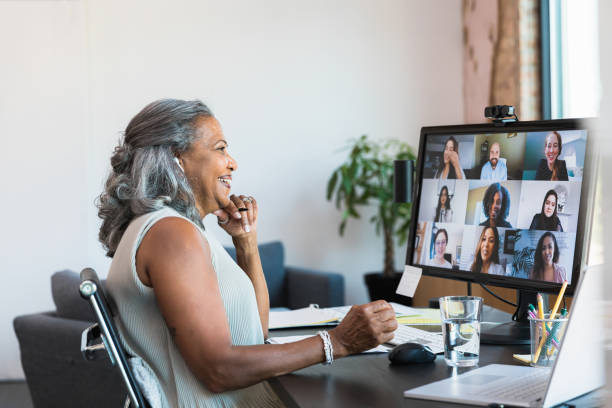
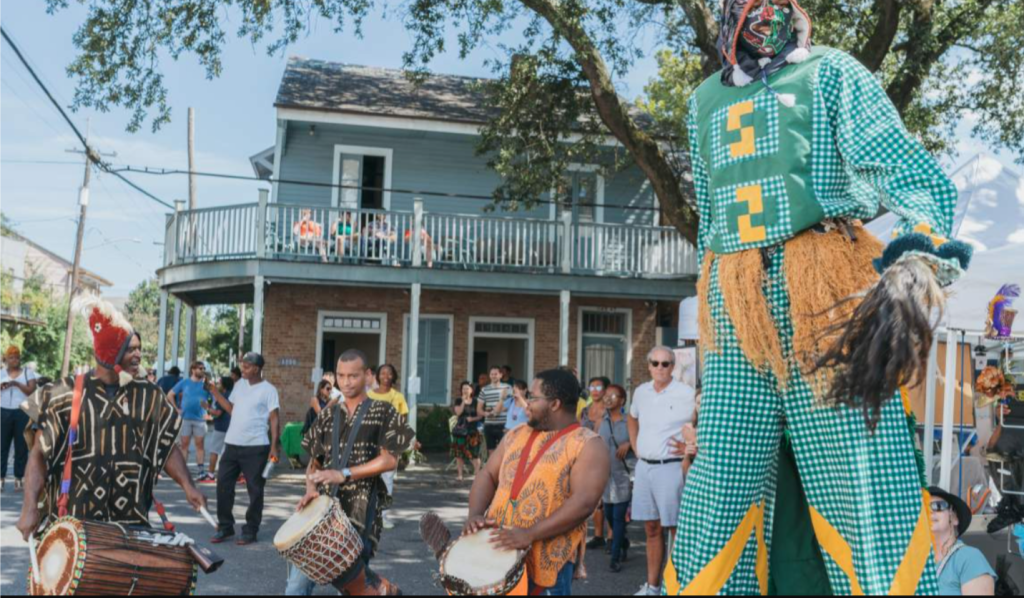
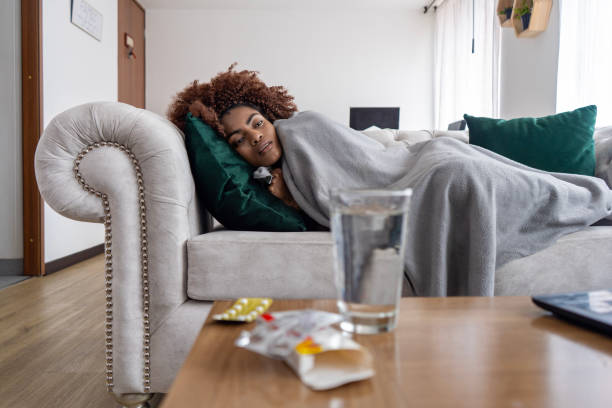
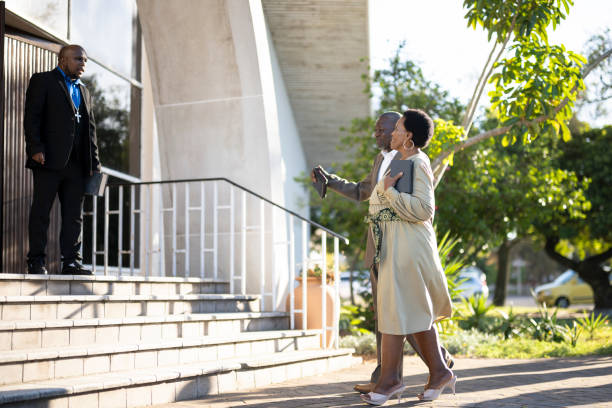
Leave a Reply